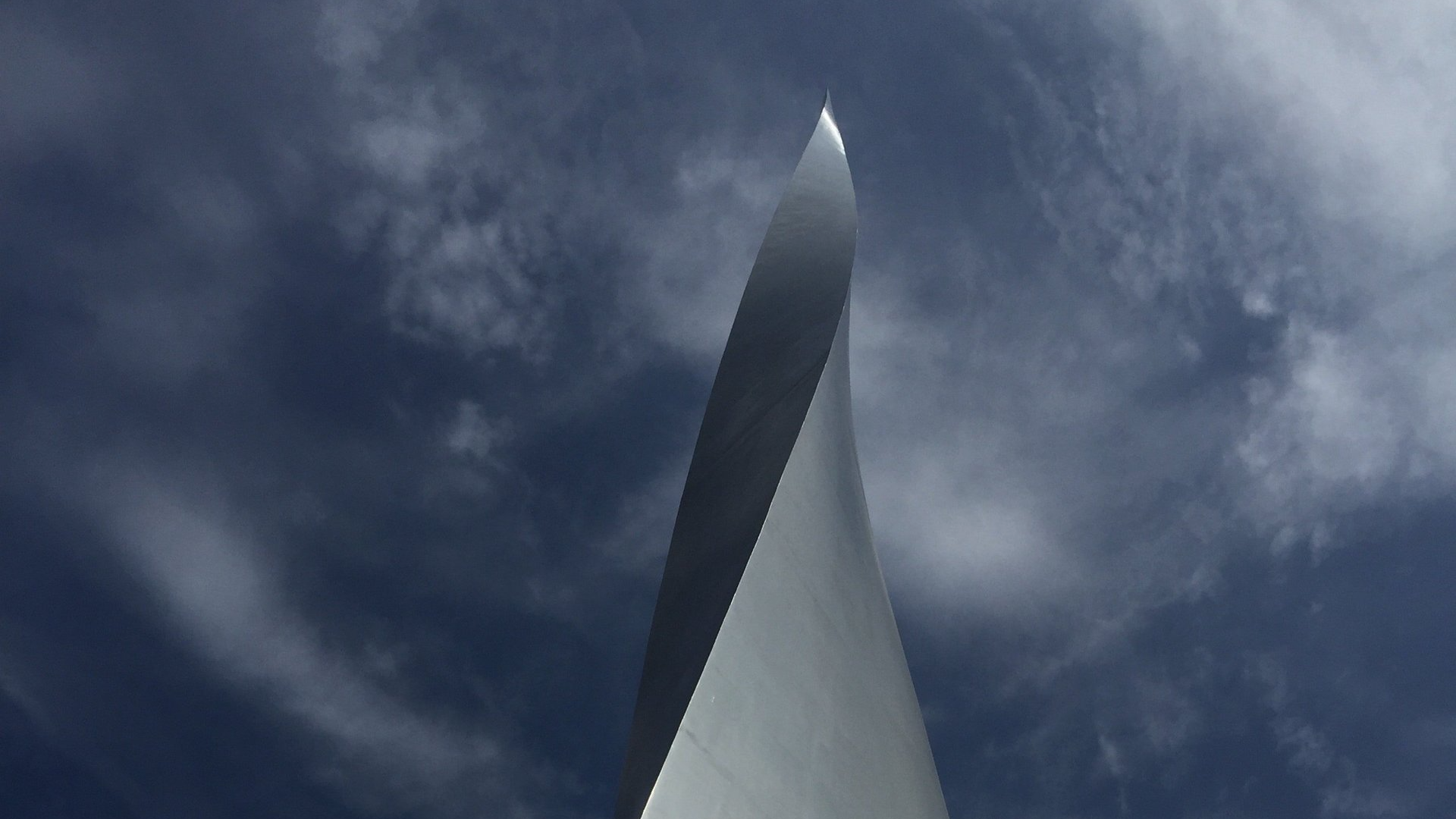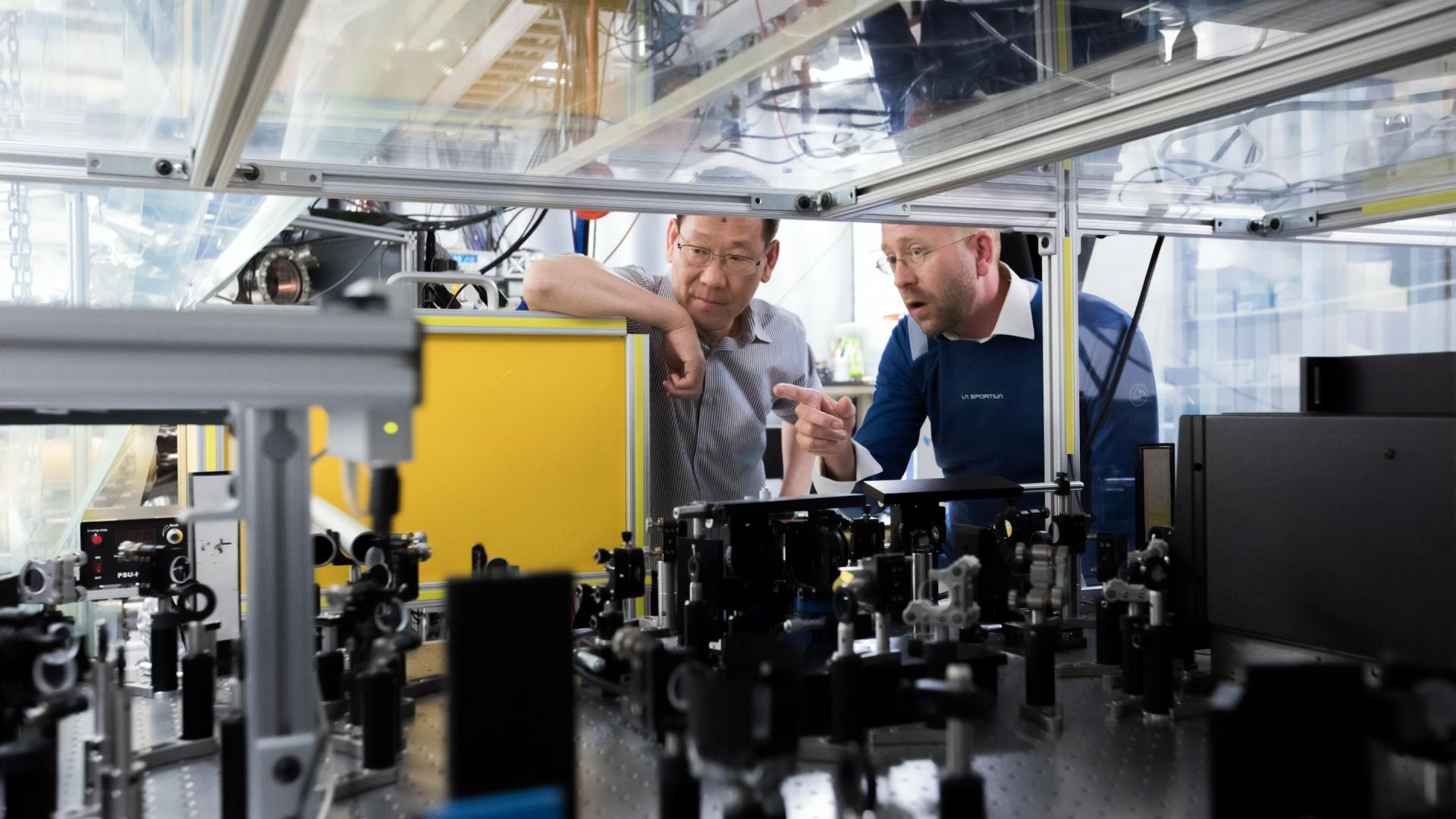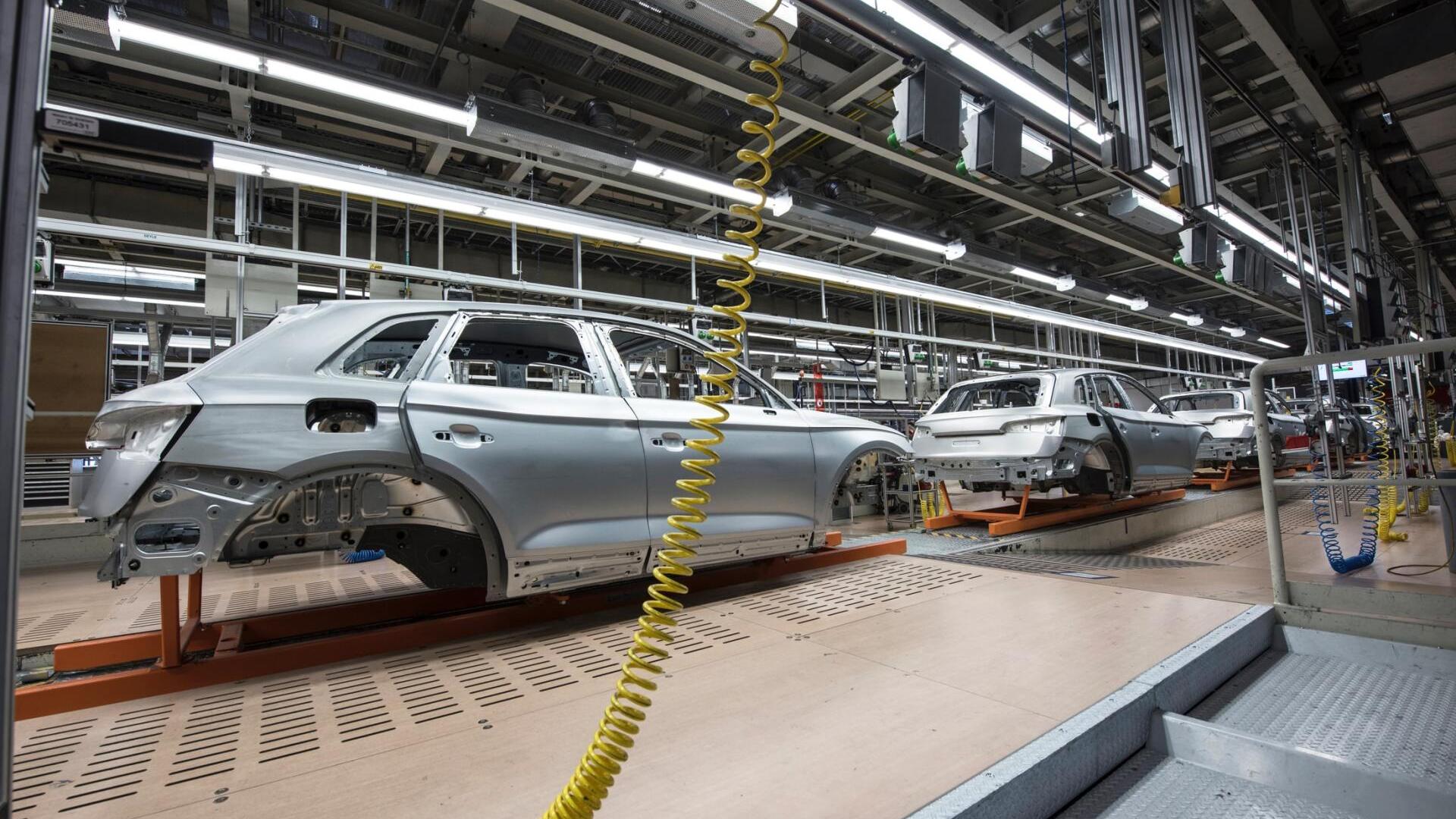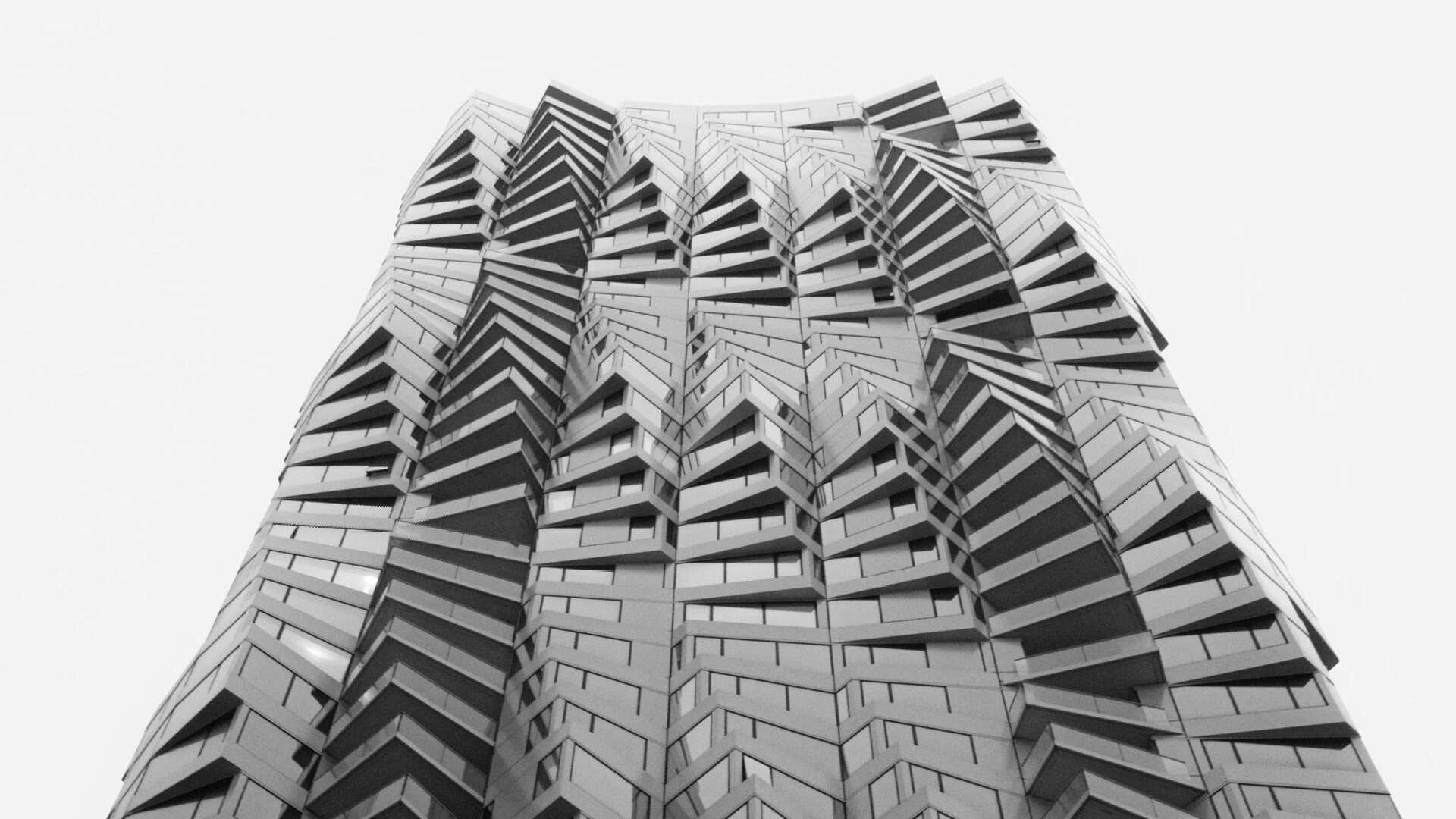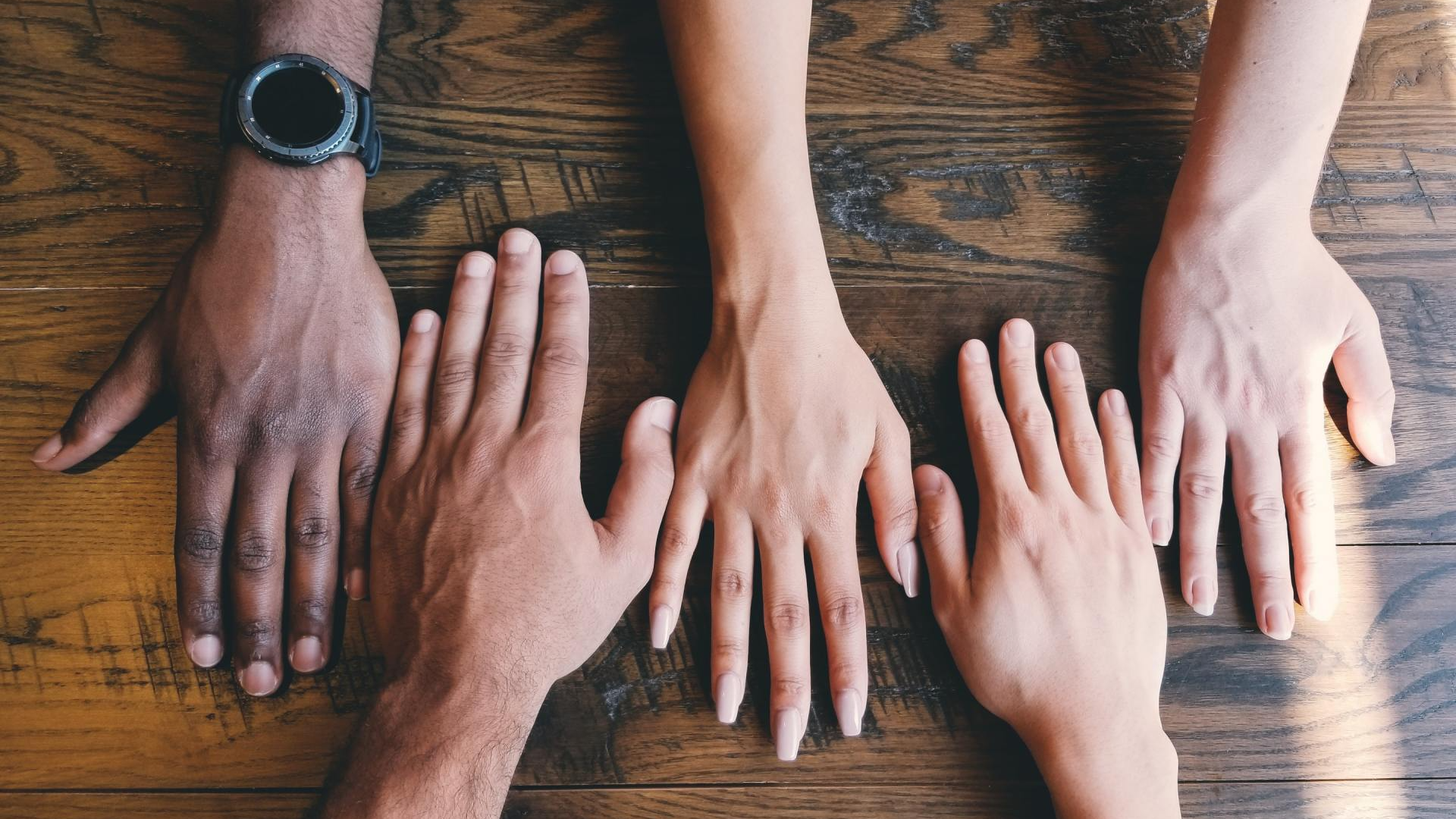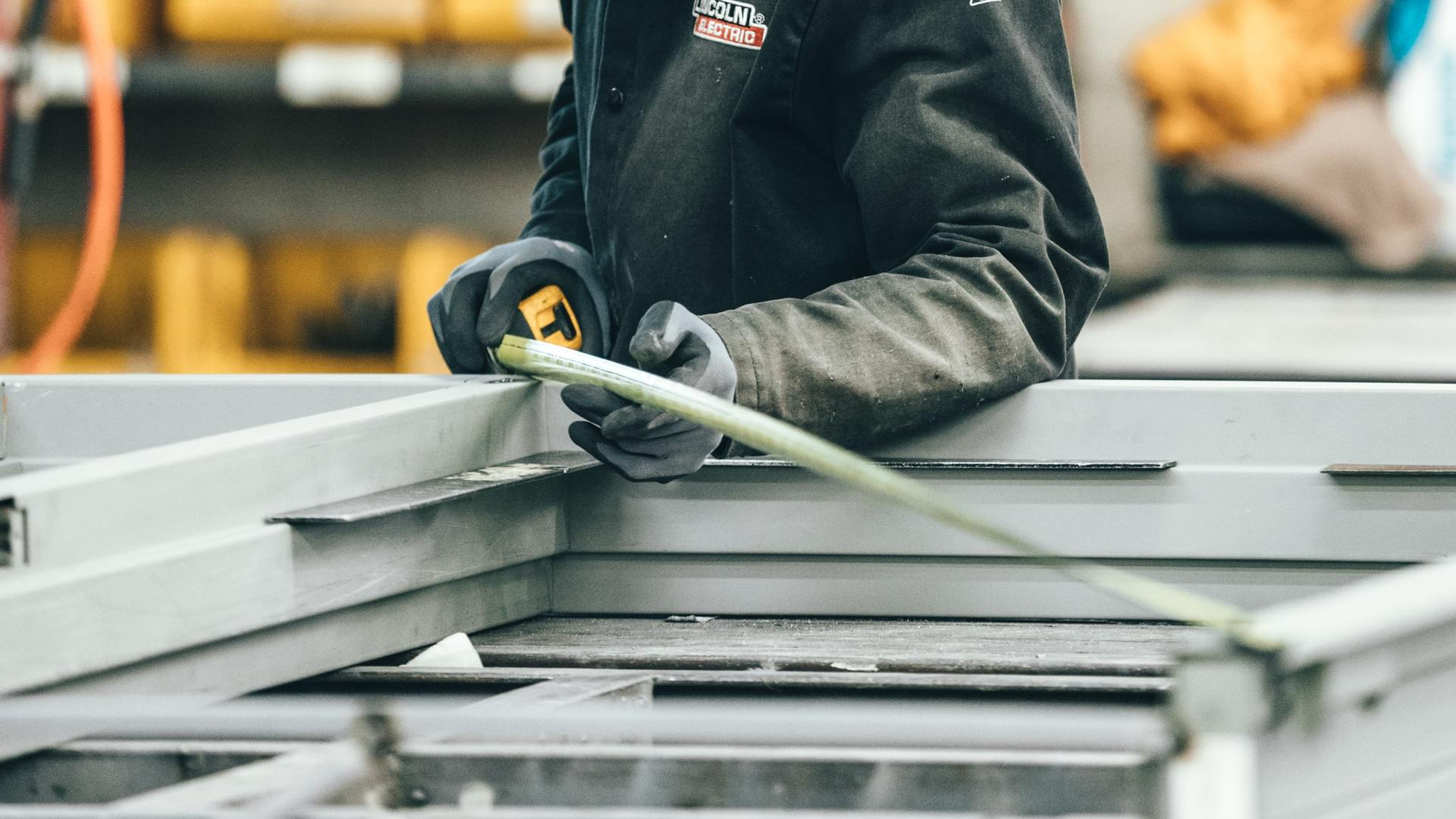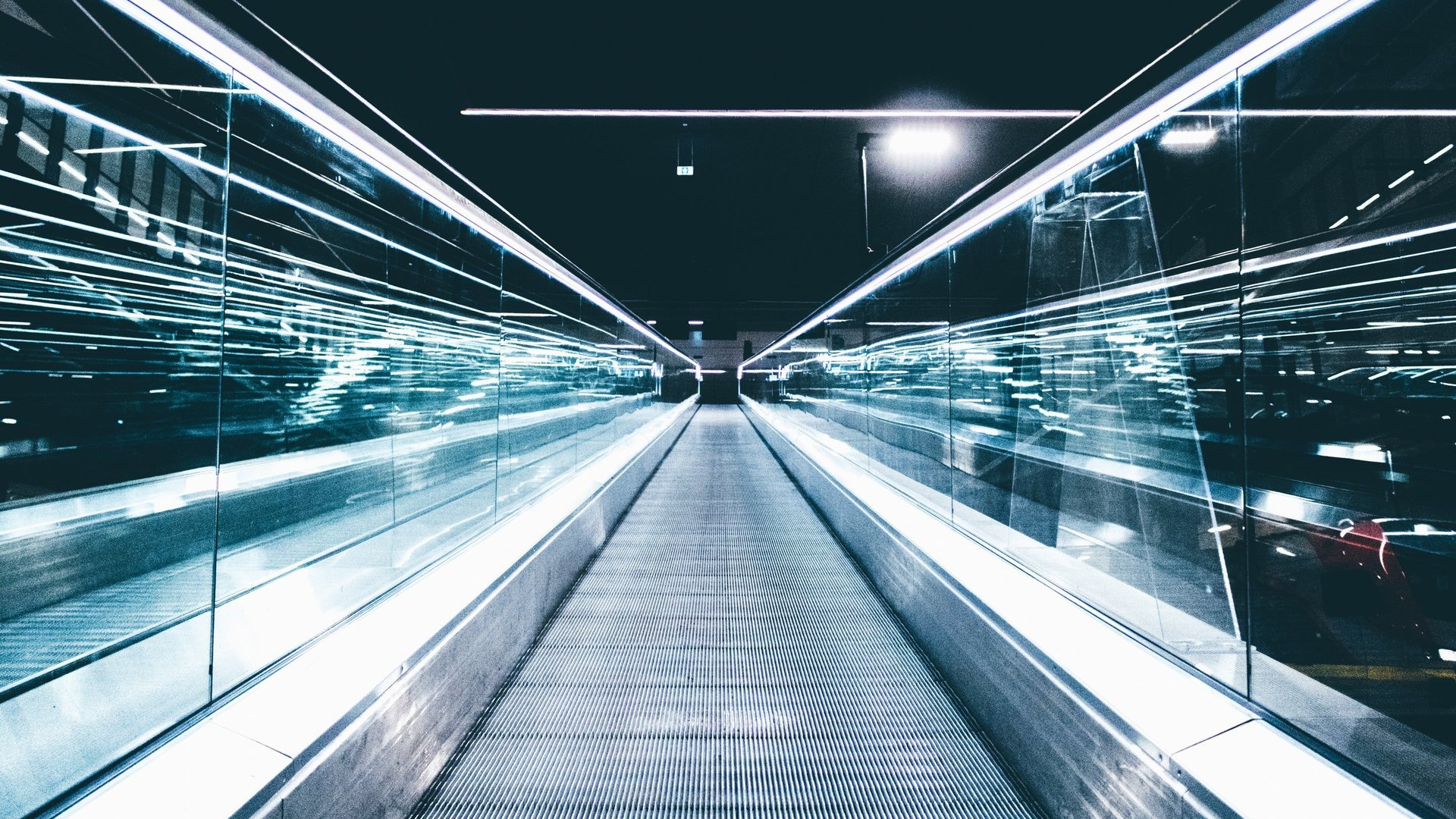Part ReDesign Consideration Tips
Reduce time spent manufacturing and assembling parts
Reduce time spent manufacturing and assembling
Material Type
Understand exactly why the material specification is there. Many times there is a specification for a certain material type, but the design is old and the material type is no longer required. Review raw material specifications and study to determine if a standard or cheaper material can be used.
Material Thickness
Similar to the material type, material thickness may have been specified long ago for a part that is no longer being made. Review the existing part designs as if they are new and reestablish the material thickness requirements. Perhaps a lighter gauge (less thickness, less weight, less cost) could be used.
Standardization
Customers in various industries manufacture in their product range various different models or units. Many times we see that parts with a very similar function (e.g. sidepanel) are desinged differently on different models. We recommend to use one design for one function and use that as a standard design for as many models as possible.
Pre-painted/Coated
PrePainted/Coated material is traditionally more expensive per ton or pound, but it can provide a significant savings by removing powder coating or wet painting steps in final product finish.
We recommend designers investigate such raw material for their product and use it where it makes sense. Salvagnini Panel Benders can handle prepainted materials, so be sure your production means can handle prepainted materials too.
Parametrics
Understand there is a difference between a completely new part and a different feature on an existing part. We recommend to set all these features to parametric:
e.g.
from size A - size D feature is not there
from size E - size J feature is there
And the parametric can handle X and Y coordinates to even define the position of the feature. Information obtained in parametric database can be elaborated automatically by integrated production systems.
Integration Of Parts
Part Integration can be a key value-add. Try to create a one piece design to integrate parts which would other wise be additional manufacturing. This reduces the demand on downstream resources to weld/rivet/bolt the pieces together into an assembly.
Look into integration of handles, pulls, hinges, etc. into parts -- reducing the number of purchased parts required. Also try integration of forming features that assist in assembly.
Think 3D
Good designers think or conceptualize parts in 3D. Spend time at the machine watching as many unique parts run as possible. It is key to understand the 3D envelope a part must fit within. Make sure to see and understand the blank-holder profile, motion and auto setup; blade profiles and motion; counter-blade profile; manipulator clamp size and function; machine options; typical bend sequence; etc.
Embossings
Try to replace embossings, if they are used for final assembly purposes with standard assembly components such as nut-insert, bridge clamps, lock bolts etc. Embossing can cost extra in the punching process. Consider punching embosses that aid in alignment or punching embosses that lock components together. There are so many of those available and the cost for a single piece is sometimes less than a cent.
BEYOND THE PART
Make an effort to understand the capabilities of the bending machine. Many parts aren't very complex so designers aren't exposed to the potential of the machine. For Salvagnini Panel Bending machines you can include sophisticated sample parts such as Condizio or Fabtech parts (just ask Salvagnini for them) as part of the machine installation and startup. Programs could then be recalled and run at anytime. It's a resource to show designers and others in the company what's possible.

salvagnini america inc.
27 Bicentennial Court
Hamilton, Ohio 45015 USA
513-874-8284
info@salvagnini.com
Salvagnini America Inc,



